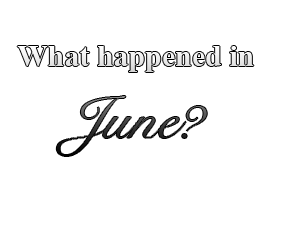Anna_R
Heir Apparent
- Joined
- Jun 11, 2004
- Messages
- 3,137
- City
- Rio de Janeiro
- Country
- Brazil

Welcome to the July 2008 Newsletter. This month, as we look forward for the Summer holidays (both our own and of the royals), we'll focus on Royal Gardens. In an overview, we bring you profiles of some of them around the world, including Denmark, England and Brazil.
We hope you enjoy your reading and have a fantastic Summer
The Newsletter Team.
We hope you enjoy your reading and have a fantastic Summer
The Newsletter Team.
Last edited:




